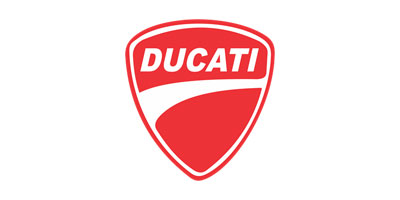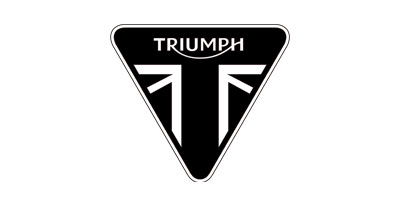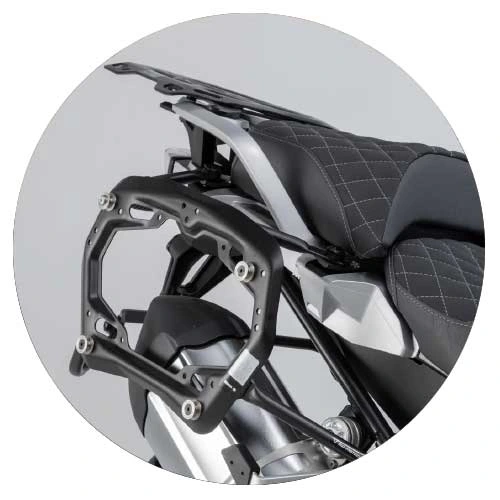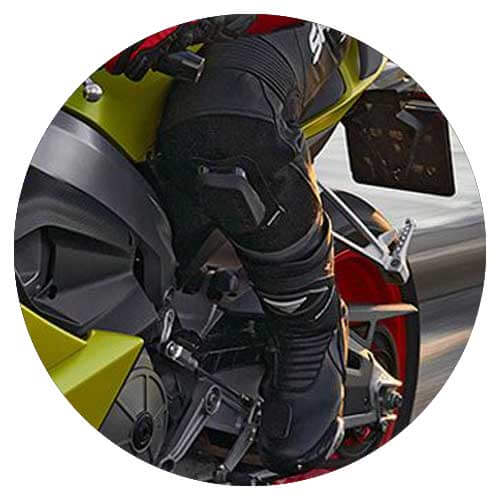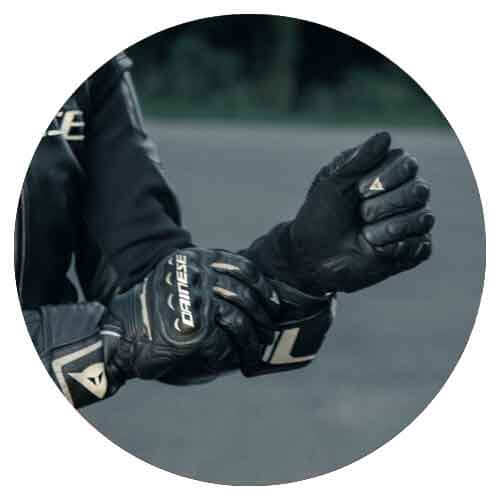The Death of Rotary Engines on a Motorcycles

If we told you there’s an engine out there that has no pulse and yet is capable of smooth power delivery, where every stroke is a power stroke. Would you believe us? Well, there is. Rotary engines or Wankel engines were considered a pinnacle of modern day engines in the 70’s and 80’s winning championships for Norton’s with their CR700W. But what happened to them and why were they so short lived? And are they ideal motorcycle engines? Let’s dive into why these engines are far from perfect in this article on CE garage.

This unique engine design utilized a triangular rotor that spun inside of a housing, providing smoother power delivery and reduced vibration compared to traditional piston engines. The rotary engine also had a higher power-to-weight ratio than piston engines of similar displacement, making it an attractive option for high-performance motorcycles. These rotary engines had no piston which meant no reciprocating mass which ultimately meant there’s no need for a crank shaft nor no cam chain nor cams. All there was, was a carburetor, spark plug and that’s about it.
Rotary engines were first introduced to the motorcycle industry by an East German company 1960 however, it never made it past the testing stage. It took Suzuki and a company called Hercules almost a decade later in 1970 to perfect this technology and launch a street legal motorcycle.

Hercules launched their bike first and called it the Wankel 2000. This was a unique rotary engine since it had no oil sump. The engine was practically hung on to the chassis of the motorcycle, there was simply no room for an oil sump. This meant it required premixed oil and fuel to lubricate the system from the main bearing. However sophisticated this air cooled bike was, it still produced a low 27HP of power which made it terribly underpowered considering its capability. The high cost and low power ultimately led to its failure.

Suzuki made a much bigger leap with their RE5. It was quite ahead of its time featuring twin disc brakes in front, gear positions and an oil pressure sensor. And unlike the Hercules,it featured a radiator and produced a much higher power of 61HP.

The Norton Crighton CR700W was a much more advanced machine than the humble Suzuki RE5. The CR700W would crank out a whopping 220HP and would weigh in at 129.5kgs making it one of the highest power to weight ratios in the world.
However, the once-revered rotary engine technology failed to meet increasingly stringent emissions regulations of 1992, resulting in its demise in the motorcycle industry. The rotary engine had several disadvantages. One major drawback was its high fuel consumption, resulting in poor fuel economy. Additionally, the rotary engine was notorious for its high emissions of hydrocarbons and oxides of nitrogen, which ultimately led to its downfall in the motorcycle industry. Rotary engines would also burn a lot of engine oil which meant it required frequent maintenance check ups than traditional piston engines which made them more expensive in the long run. Due to the high RPM nature of rotary engines, seals around the engine would wear out quickly. It became clear that rotary engines could not meet these requirements without significant modifications and improvements, which proved to be too expensive and impractical.
As a result, major motorcycle manufacturers such as Suzuki and Norton eventually discontinued the use of rotary engines in their models in street bikes thus marking the end of an era for this once-revered technology in the motorcycle industry. Despite its decline in the motorcycle industry, rotary engine technology continues to be used in other applications such as aviation and racing cars where its unique advantages can still be leveraged without being impeded by strict emissions regulations. Rotary engines made a massive comeback in 2019 where they were allowed in the 24 hour Le Mans.
In conclusion, while the rotary engine was once seen as a promising technology for motorcycles due to its smooth power delivery, high power-to-weight ratio, and reduced vibration compared to traditional piston engines, its failure to meet increasingly stringent emissions regulations, inefficiencies and high maintenance bills due to the short service intervals, ultimately led to its decline and eventual discontinuation from use in the industry.
Disclaimer: The views & opinions put forward in this blog are purely from a personal perspective of the author & do not represent the opinions of any entity whatsoever.




















